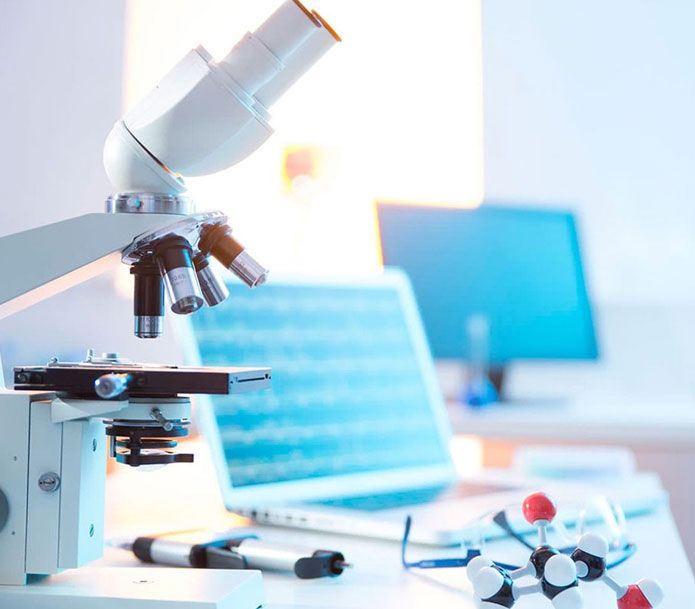
Bioinformatics
In the decade gone by, genome sequencing was not only time consuming but also cost millions of dollars. Today, technological advances have made this task much easier: a whole genome can be sequenced in a few days and costs 100 times cheaper.
The landscape of biology in general and genetics and plant breeding in particular has changed. A few years ago, there barely existed 100s of molecular markers – the tools that geneticists use to find the QTLs/genes that control traits of interest – in many crop species. Now, we are already obtaining high-density genotypic data (1000s to 100,000s) in maize, cassava, and soon yam and banana at a cost of < $ 30 per sample. The technology involves direct re-sequencing of plant populations, a process that generates millions of base-pair reads and requires both high computational power as well as significant bioinformatics skills to tap into these resources.
Presently, IITA scientists have several projects that involve next-generation technologies through outsourcing and multi-partner collaboration. Though these partnerships are helpful in terms of data analysis, we do not want to be dependants forever. Without the development of an in-house bio-informatics capacity IITA science in genetics and breeding is vulnerable and risks becoming uncompetitive. Furthermore enhanced capacity in this area is crucial to fully realizing the value of our genetic resources in underpinning breeding and research directly contributing to food security.
- Server
- Workstation
- Software for sequence analysis
- Software for linkage and association analysis
